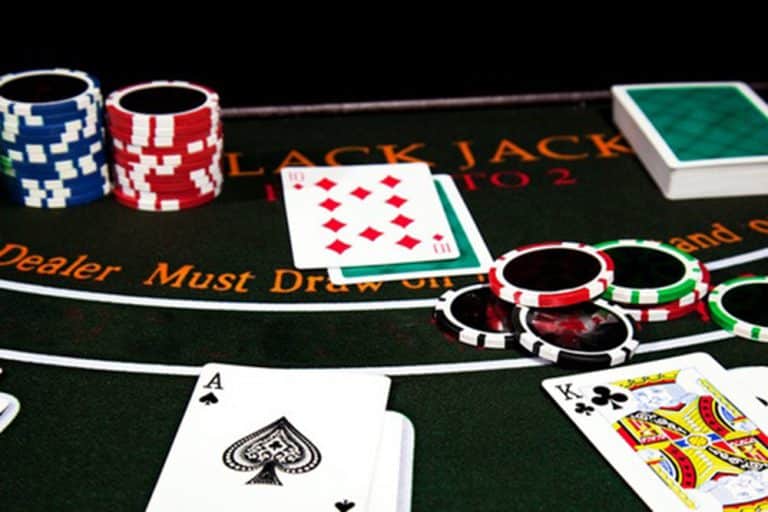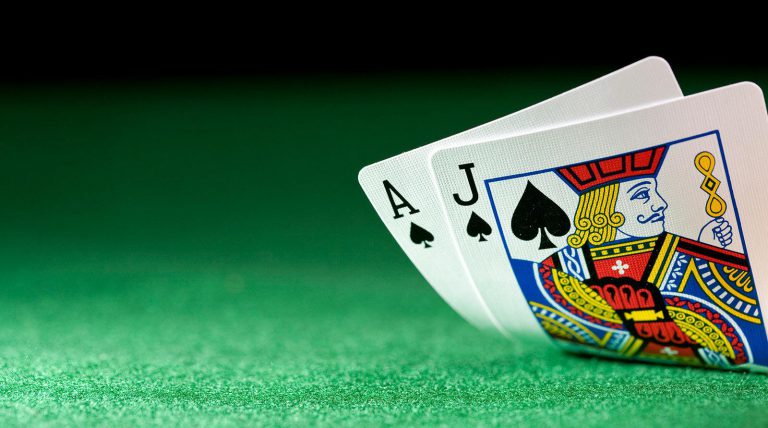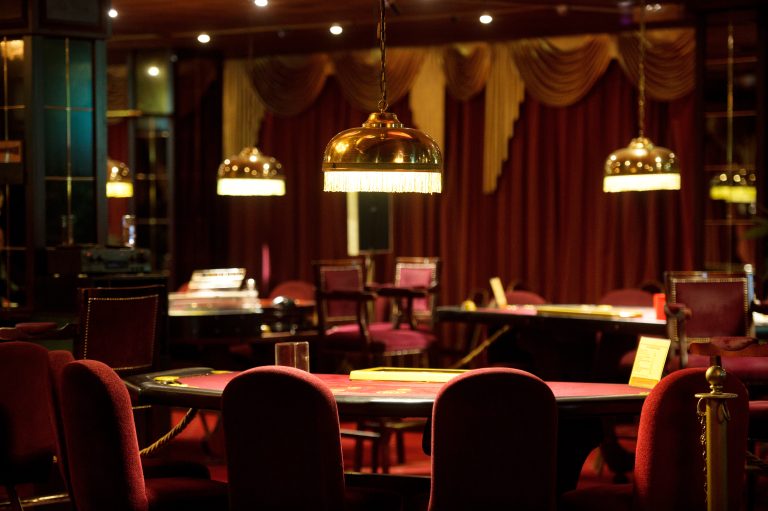Spanish 21 is an exciting variation of blackjack that combines an increased house edge, more options for play, and bonuses with more significant payouts. A 48-card deck without 10-spot cards is used. Your goal should be to beat the dealer without going bust! Most websites have a licensing agreement with Spanish 21, Masque Publishing. If not, then the game may be listed with different names: Pontoon, Pirate Blackjack, or Pirate Blackjack. Anyhow, all basic rules remain the same.

What is spanish 21?
Spanish 21 offers players bonuses when creating specific card combinations, similar to blackjack’s basic rules. Your goal should be to reach 21 without exceeding it by using tools such as double down, stand, double split, and stand. Additionally, double down can reach three-to-two depending on which card type was dealt out.
What is the difference between spanish 21 and blackjack? Spanish 21 differs from standard 21 in that there are fewer ten-spots and the deck contains more low cards compared to high cards, making counting easier. Furthermore, due to using fewer 10 spot cards when given two or three upcards from the dealer, bonus payouts still exist if another hit has a hand of four, five, or six.
Spanish 21 offers more betting options than its standard game counterpart. Those are: double down any bet made (even after splitting), resplit aces or double all bets made.
Match the Dealer
Some casinos also offer an additional bet called Match the Dealer. It rewards players when their first and second cards match those displayed by the dealer. This bet has an extremely high house edge but pays out only when reaching blackjack.
Match the Dealer side bets payout when one of your face-up cards matches any face-up card from the dealer.
Match the Dealer bets are available on online casino websites that provide bonus payouts for bets such as Double Match, Perfect Pairs, and Three of a Kind. However, players should remember they may not be as lucrative or costly as traditional blackjack!
rules
Spanish 21 extends beyond traditional blackjack rules to offer additional side bets with potentially large returns. Some are similar to roulette or baccarat, while others are exclusive to this variant of the game.
At its core, Blackjack’s goal is to reach 21 with as close of a hand as possible. To achieve this objective, players may hit, double down, stand or re-split cards already split before hitting again when double downs have been established – as well as “rescue” any double downs made after the dealer checks for blackjack.
As in Poker, Spanish 21 allows players to surrender, or fold, for half of their initial bet if they feel that they are losing too much money and do not wish for it to continue. Before surrendering their bet the dealer must first check for blackjack before surrendering it.
Spanish 21 stands apart from blackjack by giving players the option of doubling down regardless of their card count, although doing so will reduce any bonus payouts such as Bonus 21 or Super Bonus. Furthermore, you can split each pair of aces three times before being re-split upon doubling down.
Odds in spanish 21
Spanish 21 has a higher casino edge than blackjack. However, there are ways to reduce this effect. Many variants use smaller decks of cards which helps reduce house edge while making card counting simpler and accommodating players – such as double down after splitting your hand, doubling after splitting again, or recovering after seeing the dealer’s face-up card!
Comps can help defray the costs associated with playing Spanish 21, such as meals and show tickets; complimentary or discounted rooms; invitations to special events, and other benefits. Counting cards has proven successful against edge in certain instances! While comps may not completely eliminate it, they can certainly bring significant advantages – and the counting cards strategy has even proven its success against it!
Spanish 21 Strategy
Due to having fewer cards with ten values in Spanish 21, its strategy differs significantly from standard gameplay. Let’s look at these variations so we can beat the dealer:
Stand and Hit
Always raise with any hand of 18 or greater. The same rule applies to soft hands equal to or greater than 19. Hit whenever holding down hard 4, 5, 6, 12, or 13.
Double Down
To increase your odds of success when playing with hard 11, double down. If the dealer has a 4, 5, or 6, then you should double if you have a 9-11 hard card, and 13-18 soft.
Splitting Ace Pairs
Always split an ace pair, never split a 4 or 5-card hand. If you have a pair of 2s, 3s, 7s, or 8s, you can split them only if your dealer has between 2 and 7 face up.
Tip: Before placing bets make sure that casino rules have been thoroughly researched beforehand!
Bonus tip: See Spanish 21 strategy sheet chart and familiarize yourself with how to make to most out of this game.
Conclusion
How to play Spanish 21? When playing Spanish 21, it is important to take advantage of the generous rules for splitting and doubling down. You should also avoid overplaying your hands to avoid being busted by an up-card that’s too strong. Match the Dealer is one of the side bets available in this game that will increase your chances of winning. This bet offers huge rewards if your first two cards match up with the face-up card of the dealer. However, due to its high house edge, it is not a good strategy for reducing long-term losses.






